How to process roses in autumn with iron vitriol?
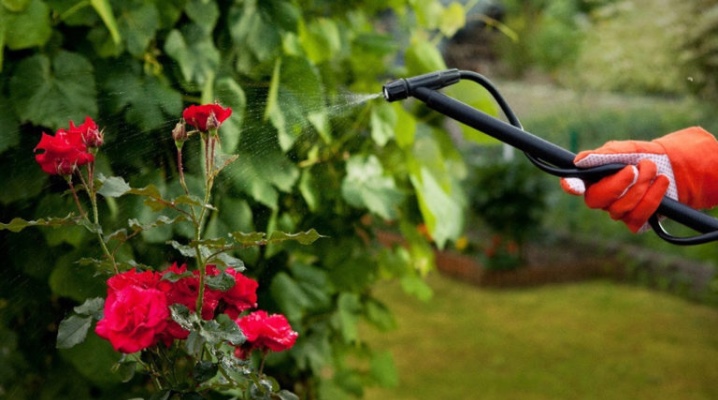
Autumn treatment of roses with iron vitriol prevents the development of fungal infections, scares off rodents and insect pests... The chemical is often used as a fertilizer, as it maintains the mineral composition of the soil and improves the plant's immunity. Prepare for processing 3% aqueous solution, which irrigate the aboveground part of the bush and the topsoil.
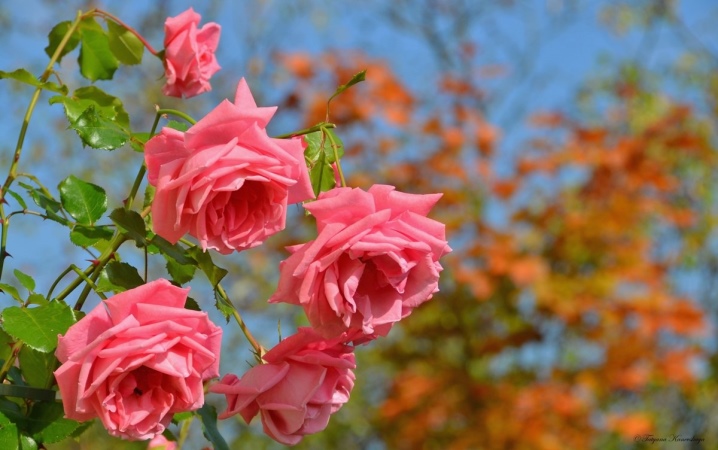
Processing features
Alternative names for ferrous sulfate are ferrous sulfate, ferrous sulfate. In appearance, the substance is a green crystalline powder that quickly dissolves in water. Gardeners use it to cultivate the soil on their site in late autumn. In rare cases, the procedure is repeated in early spring.
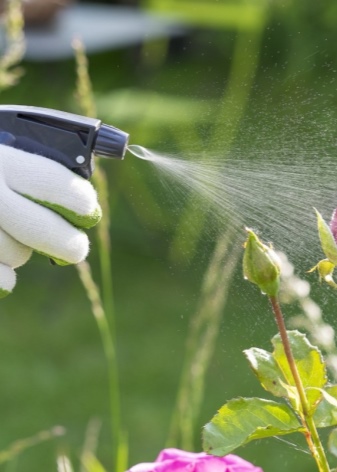
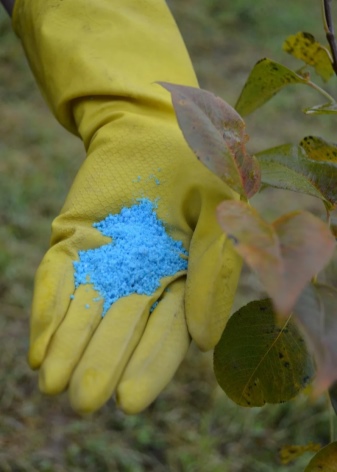
An aqueous solution of ferrous sulfate has the following properties:
after the autumn processing, the roses will not be attacked by pests;
the chemical substance contains more than 50% of active iron, as well as sulfur - due to the inclusion in the composition of mineral components in a diluted state, the vitriol solution can act as a micronutrient fertilizer;
refers to potent contact fungicides;
in high concentration, ferrous sulfate exhibits insecticidal properties, due to which it is used to eliminate larvae, eggs and adults of insects that remain in organic waste for the winter.

When breeding rosary, ferrous sulfate is used as a cheap fungicide. It is necessary to prepare plants for wintering. An aqueous solution of a chemical compound has the following advantages:
high resistance to infectious and fungal diseases;
affordable price - 200 g of powder is sold for 20-25 rubles;
ease of use;
long shelf life of the product.
When carrying out processing, it is important to remember that the active substance in high concentration acts aggressively towards plants.
As a result, despite a number of advantages, experienced gardeners highlight the following disadvantages of ferrous sulfate:
an excess of a chemical compound causes a burn to the buds, young shoots and leaves of plants;
easily washed off from the surface of roses by precipitation;
slows down the development of plants during the growing season in spring.

Iron vitriol is a salt of sulfuric acid, respectively, it has pH within 3-5 units. Because of this, it not suitable for processing acidic and slightly acidic soils.
Iron sulfate is necessary for the treatment of young shoots of a rose, a soil mixture near the trunk circles, mulch in the autumn-winter period.
It is recommended to spray roses with an aqueous solution of iron sulfate only in the autumn. When using the drug in the spring, there is a risk of harming the plant: due to burns, dark brown spots appear on the leaf plates. In autumn, disinfection work is carried out after the foliage has fallen off or the green mass is artificially eliminated, therefore, negative consequences after the application of a chemical compound do not arise. For prophylaxis, treatment with an aqueous solution of 3% concentration is allowed. It is made by mixing 30 g of ferrous sulfate powder with 1 liter of water.Higher concentrations lead to the death of the green shoots of the rose garden, while lower concentrations are ineffective in the fight against fungal and bacterial infections.

In exceptional cases, it is allowed to treat roses with a 1% aqueous solution of iron sulfate in order to dissolve the buds and accelerate the growth of young foliage. It is important to remember that the drug should not get on the petals of the plant. The solution is evenly distributed over the leaves and stems using a spray bottle. Disinfection is carried out 2 times with an interval of 10 days. It is advisable to carry out the treatment during the absence of precipitation, since the rain quickly washes the product from the bushes.
It takes 48 hours for the solution to work. Processing is carried out before the shelter for the winter. Fallen leaves are burned or thrown away, as traces of the chemical may remain on it. When using ferrous sulfate in horticulture, it is important to remember that the solution cannot be used in conjunction with lime and other types of fungicides.
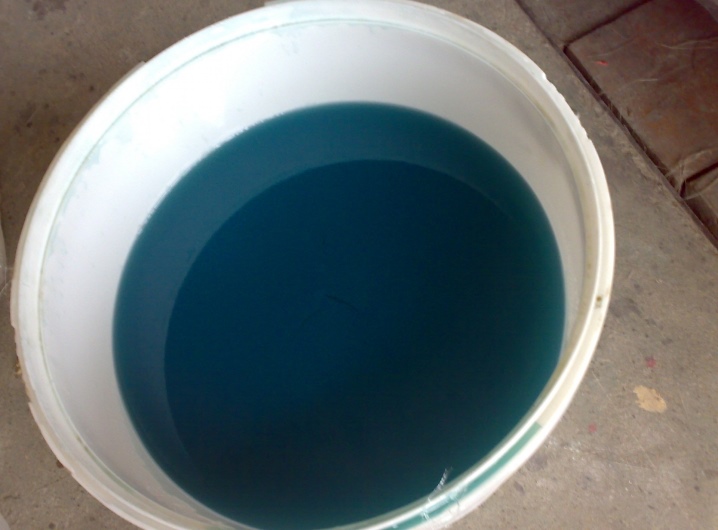
Why is this needed?
Autumn spraying of roses with a solution of iron sulfate is focused on the following tasks:
to provide protection for shrubs from freezing in winter;
prevent the development of fungal diseases
eliminate insect pests;
scare off rodents.
Chemical treatment causes the plant to lose foliage and speeds up its preparation for hibernation.
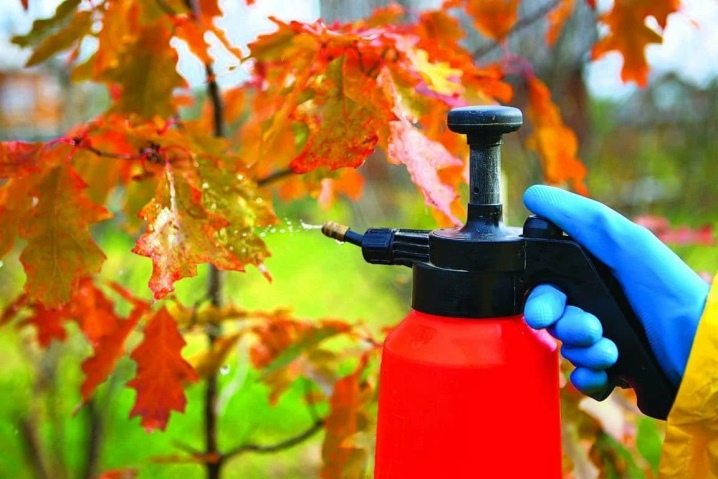
In order for the shrub to survive the cold, it is necessary to carefully cover it.
When growing flower crops, in addition to iron sulfate, many fungicidal preparations, because ferrous sulfate cannot cope with maximum efficiency with all types of infections and pests. This disadvantage is compensated by the fact that it raises the plant's immunity. Despite the fall of foliage after using the solution, ferrous sulfate is often used as a fertilizer. It promotes the active growth of the shrub, thereby reducing the negative effects of the use of other, potent, fungicides.
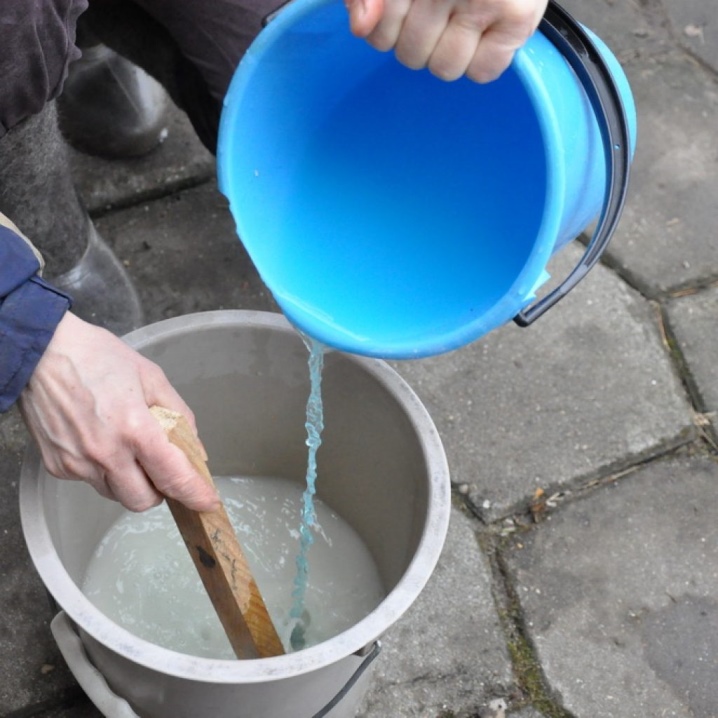
A preparation based on ferrous sulfate prevents the development of the following dangerous diseases:
powdery mildew;
gray rot;
reduces the risk of a black leg;
coccomycosis.
It maintains the balance of iron in the soil, allowing the plant to receive the necessary nutrients. Through the use of iron sulfate, the following goals can be achieved:
increase the number of buds and speed up the flowering process;
prevent the development of chlorosis or yellowing of the green part;
provoke abundant growth of shoots, cause landscaping.
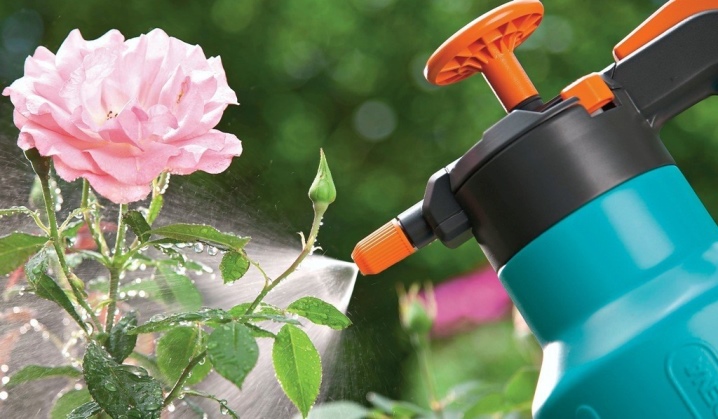
These properties of ferrous sulfate apply mostly in springwhen it is necessary to quickly wake up the plant from hibernation and plant greenery on the site. It is strictly forbidden to use a chemical to treat indoor roses. The latter do not have strong immunity and do not hibernate, therefore they can quickly die under the action of the drug.
It is important to remember that iron vitriol is easily washed off with water... This applies not only to the aerial part of the plant, but also to the soil. To avoid rotting of the root system in the fall before sheltering for the winter, you must wait until the soil is completely dry.
Therefore, spraying is carried out in dry weather, after watering the shrub.
Instructions
To achieve the maximum therapeutic effect from the use of ferrous sulfate, an aqueous solution for work must be prepared before direct use. Otherwise, the effect of the drug is reduced, which is why iron sulfate will not help rid the shrub of infectious lesions or insect pests. This effect is due to the fact that ferrous sulfate is rapidly oxidized in water and air over time. As a result, the finished solution becomes useless during storage. The remaining products of oxidative reaction can harm the plants.
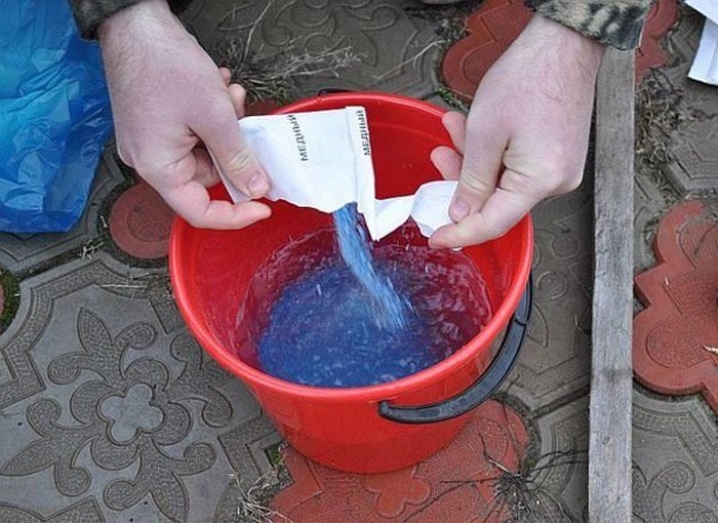
Experienced gardeners claim that the safest and most effective concentration of iron sulfate is 3%. It eliminates most adults of insects, larvae, eggs and pathogenic microorganisms. At the same time, the finished product does not burn the aboveground part of the plants. To prepare it, a person must measure out 300 g of a dry powdery preparation and dissolve it in 10 liters of water.
If the rosary is affected by chlorosis or spotting, it is recommended to prepare a 1% solution of ferrous sulfate. It is used only until the foliage falls. The treatment is carried out at least 3-4 times to obtain the maximum effect. With proper irrigation, the plant's immunity improves.
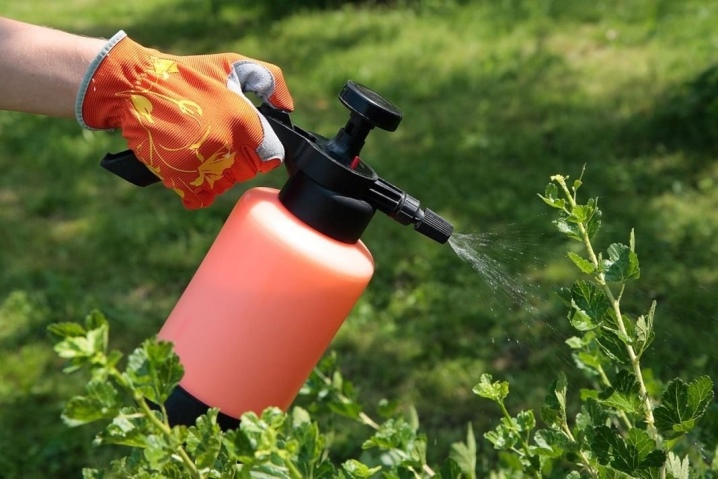
Preparation of the solution
For autumn irrigation of the rose bush, it is recommended to prepare an aqueous solution of ferrous sulfate 3% or 5% concentration... For beginners in gardening, the question may arise: how to create such a composition. It is necessary to remember the following: if you take iron sulfate powder at a dosage of 100 g and dilute it in 10 liters of water, you get a solution of 1% concentration. Dry matter and solvent are taken in a ratio of 1: 100.
An aqueous solution of ferrous sulfate for the disinfectant treatment of roses is prepared according to the following schemes.
Irrigation of green shoots with 3% concentration. 10 liters of water accounts for 300 g of dry matter.
Spraying soil and mulch with 5% aqueous solution. In 10 liters of water, 500 g of iron sulfate are diluted.
It is recommended to take not tap water as a solvent, but settled water. The use of rainwater is allowed.
It is necessary to dilute the powder until the crystals of ferrous sulfate are completely dissolved.
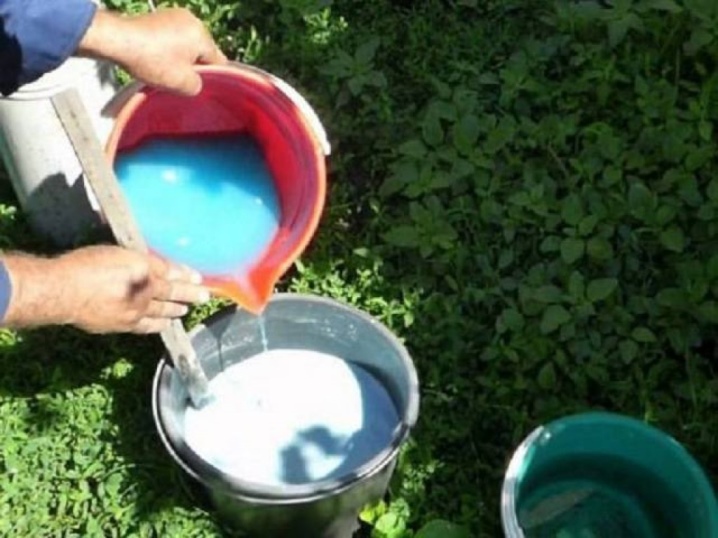
If iron sulfate powder is not available, any contact fungicide will work as an alternative:
"Abiga-Peak", or copper oxychloride;
Oxychrome, representing oxadixyl and copper oxychloride;
Bordeaux mixture - calcium and copper hydroxide sulfate;
Ridomil Gold.
The presented drugs are safer than iron sulfate, due to their low level of toxicity. At the same time, they cannot be used against strong fungal infection of roses, and also will not help to destroy a large colony of pests.
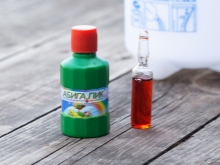
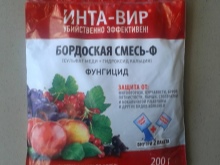
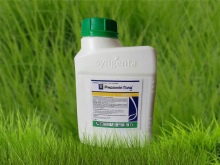
Spraying
The treatment of shrubs with iron sulfate is carried out according to the following algorithm:
you must first cut off green shoots that did not have time to develop;
peduncles and buds are cut;
climbing plants will need to be removed from the support wall and spread over covered soil;
standard roses are bent to the ground;
prepare a 3% aqueous solution of ferrous sulfate, fill it with a spray bottle;
it is necessary to spray the plants evenly, processing is done from the bottom up.
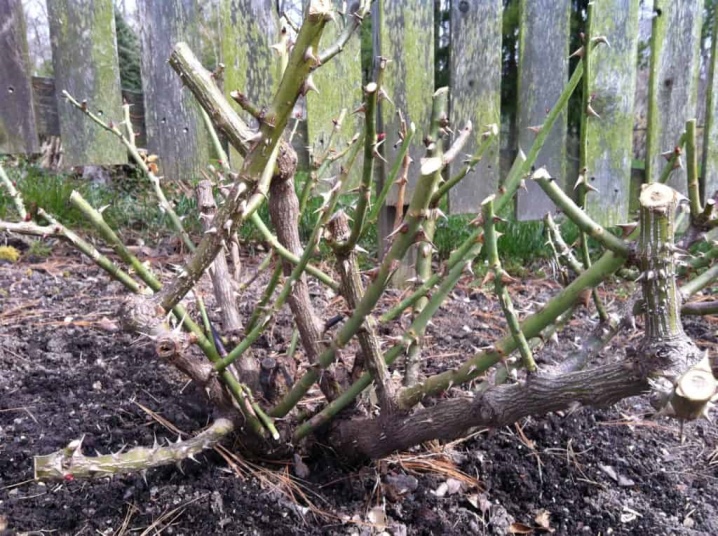
It is recommended to pour the soil mixture under the bushes with water or treat it with a 5% solution of iron sulfate. Spraying is carried out only after removing organic debris around the stems of roses, loosening the soil and moisturizing watering. Treatment with iron vitriol is carried out only in cases where the shrubs have been affected by bacterial or fungal infections for a long time, which could not be completely eliminated.
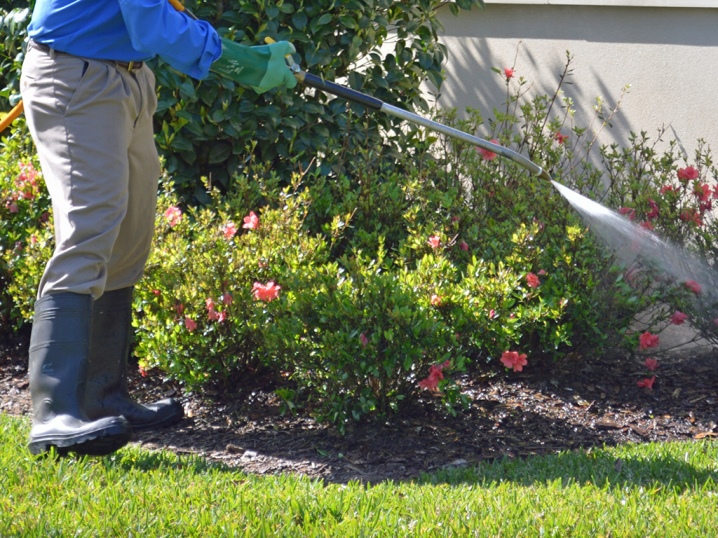
Spraying with a chemical compound of the mulch used to shelter roses for wintering is mandatory. After completing the procedure, you will need to dry it.
With a fungal infection
Fungi in most cases fall on shrubs with new varieties. Therefore, before planting newly acquired roses on the site, it is necessary to carefully examine the stems and leaves for signs of infection. Spraying plants with iron sulfate is performed for the following fungal diseases:
rust;
septoria;
spheroteka;
peonosporosis;
traces of gray rot;
leaf burns from fungal infection.
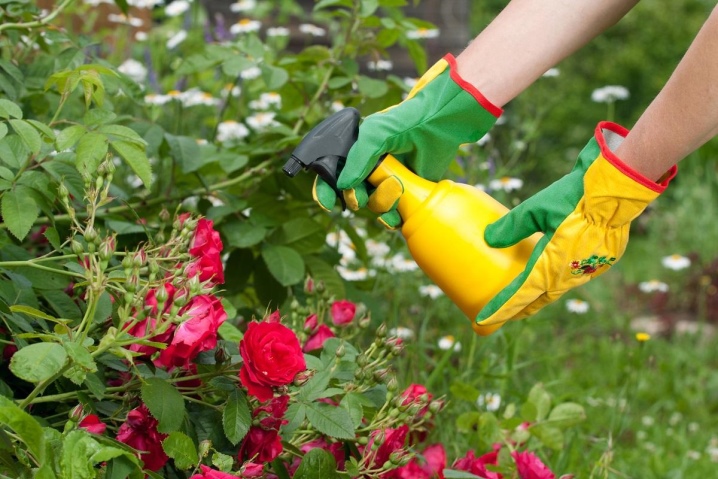
You can use an aqueous solution of iron sulfate for the treatment and prevention of diseases in young seedlings. The composition is applied using a spray bottle. It is important to remember that in this case, the leaves fall off, and the plant will hurt for a while. It takes up to 7-10 days to recover.
To combat insect pests
For the treatment of plants from phytophages, an aqueous solution it is used only before the shrub shelter from frost. Before spraying the green part of the shrub, pruning is carried out, fallen leaves and cut off stems are removed from the ground. In preparation for disinfection, the soil is abundantly watered and the rose is fed with mineral fertilizers.
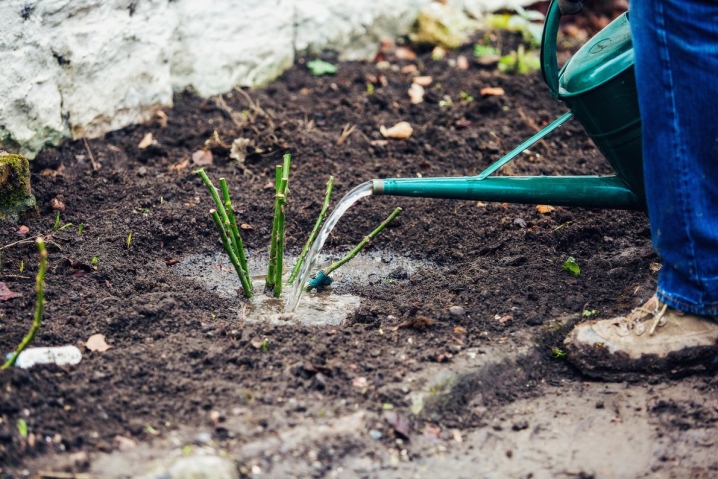
Processing as complementary food
Iron vitriol is used not only to destroy infectious diseases and herbivorous insects, but also as dressing for roses before wintering. Ferrous sulfate is necessary for soil oxidation, metal ions assimilated by plants and further go to the development of the shrub.
To carry out the treatment, 30 g of iron sulfate powder are dissolved in 3 liters of water with a low level of hardness. Irrigation of the soil is carried out in clear, windless weather. It is forbidden to use vitriol in summer, as excess sunlight can accelerate the oxidation reaction and the leaves will receive chemical burns.
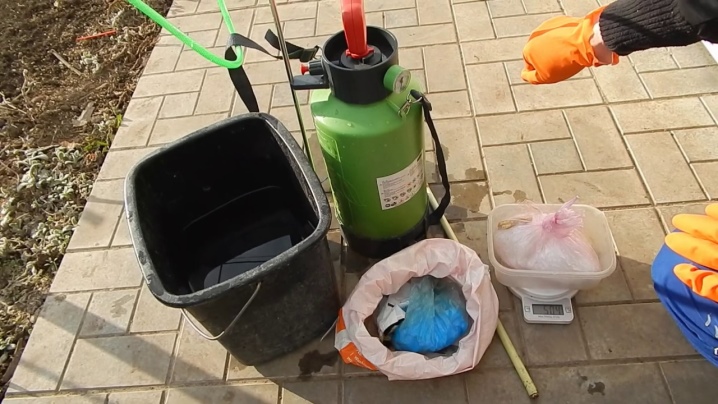
Security measures
The composition of an aqueous solution of iron sulfate fully corresponds to the chemical structure of the original crystalline substance. As a result, ferrous sulfate is classified as hazard class III. The inorganic compound can harm humans.
Due to the high acidity, burns, skin rashes, itching and flushing are possible.
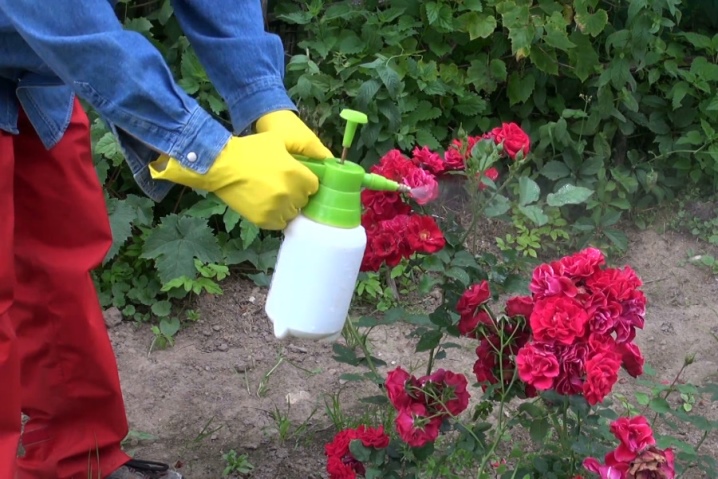
Therefore, when carrying out garden work, the following precautions must be observed:
use a tight protective suit;
work with iron sulfate in a respirator and goggles;
remove small children and pets away from the treatment area;
It is strictly forbidden to use containers for containing food for the preparation and storage of an acidic composition.
If the product gets into the eyes, the digestive tract and the respiratory system in a dissolved and crystalline form, you need call first aid immediately. An alkaline solution is used to neutralize acids.
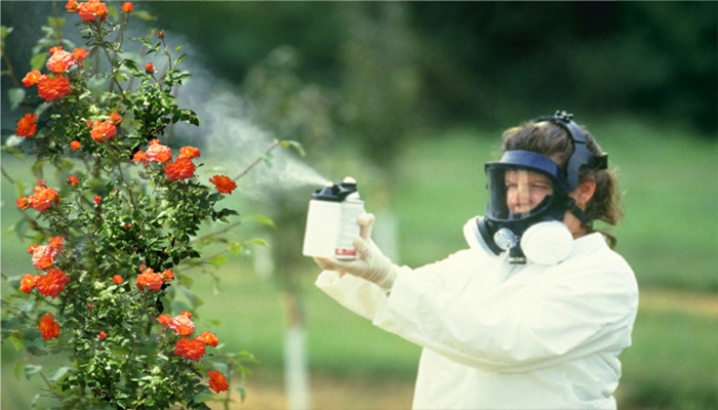
Expert advice
Experienced gardeners are advised to adhere to the following recommendations when processing roses with iron sulfate.
Before carrying out the autumn spraying of the rose bush, you need be sure to collect and burn the fallen leaves... The remaining shoots will need to be cut. In organic waste, eggs and larvae of insect pests remain overwintering, as well as fungi and pathogenic microorganisms. To accelerate leaf fall and reduce phytopathogenic load, it is recommended to spray plants with 1% urea solution.
Processing should be carried out in dry, calm weather. Before starting work, it is recommended to look at the forecast of meteorologists for a week, because 48 hours must pass to get the effect of spraying.
You should try to spray the solution so that it completely covered the entire bush. The exception is flower stalks and buds when processing in the spring.
Do not use iron sulfate with other antifungal or antibacterial drugs... Otherwise, the death of the plant can be caused.
After the roses have dried, you can cut and cover shrubs for the winter.
If, some time after the autumn processing, the green shoots and leaves under the shelter have turned black, you need to wait for spring... Only during the growing season it is possible to find out the reason for such a reaction: whether the blackening is caused by a burn from vitriol due to a high concentration of the drug or a natural phenomenon. In the first case, the plant usually dies, so it stops growing after wintering.

In the next video, you will clearly get acquainted with the rules for processing roses in autumn with iron vitriol.

































































































The comment was sent successfully.